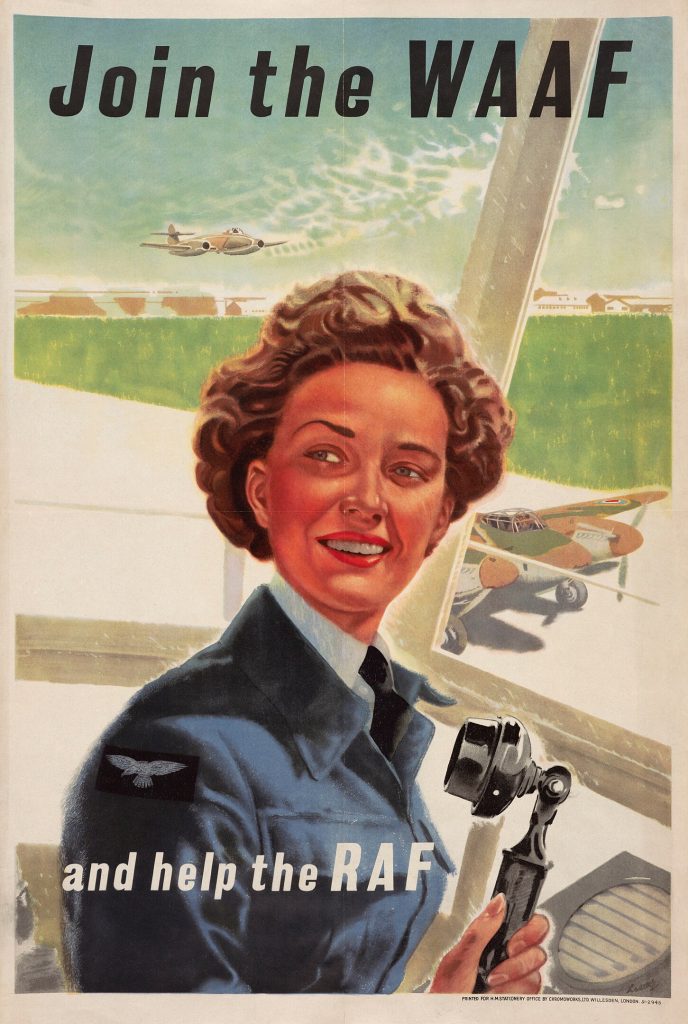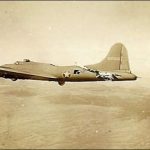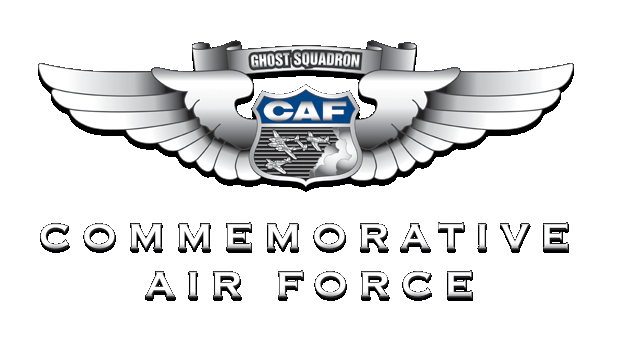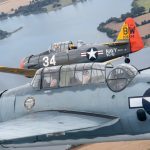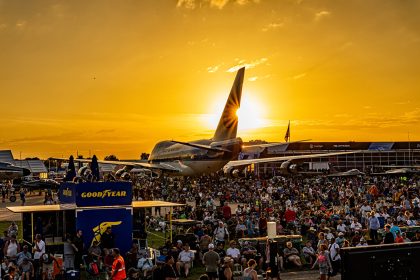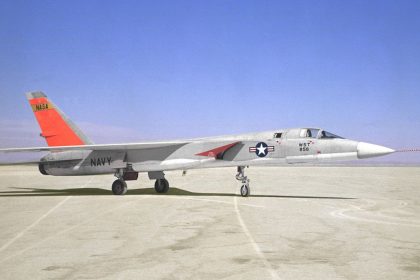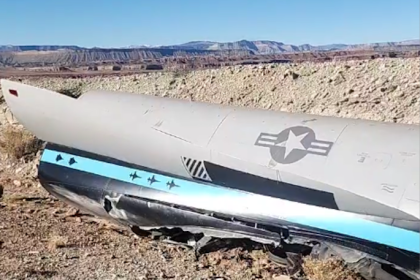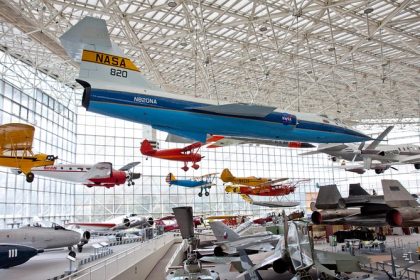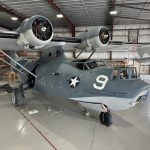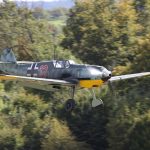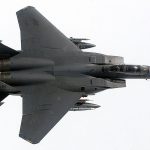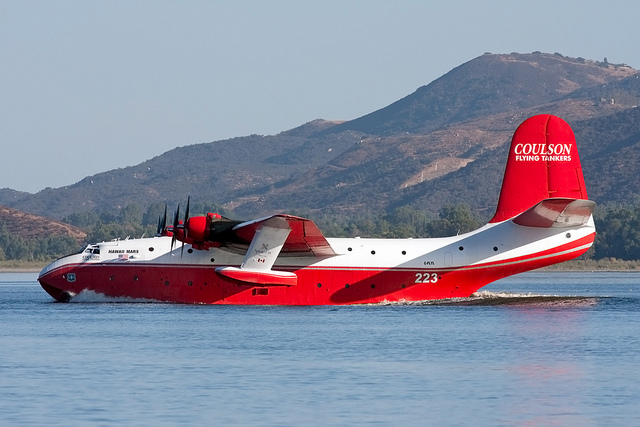On this day in aviation history, 86 years ago (June 28, 1939), the Women’s Auxiliary Air Force (WAAF) was officially established in Britain. Formed by royal warrant of King George VI, the WAAF was created in response to growing calls from military leaders for a dedicated organization through which women could contribute to Britain’s air defense efforts. Prior to its creation, women who supported the military typically served in the Auxiliary Territorial Service (ATS), which included some aviation-related roles. The formation of the WAAF provided a distinct and specialized unit focused on supporting the Royal Air Force (RAF).
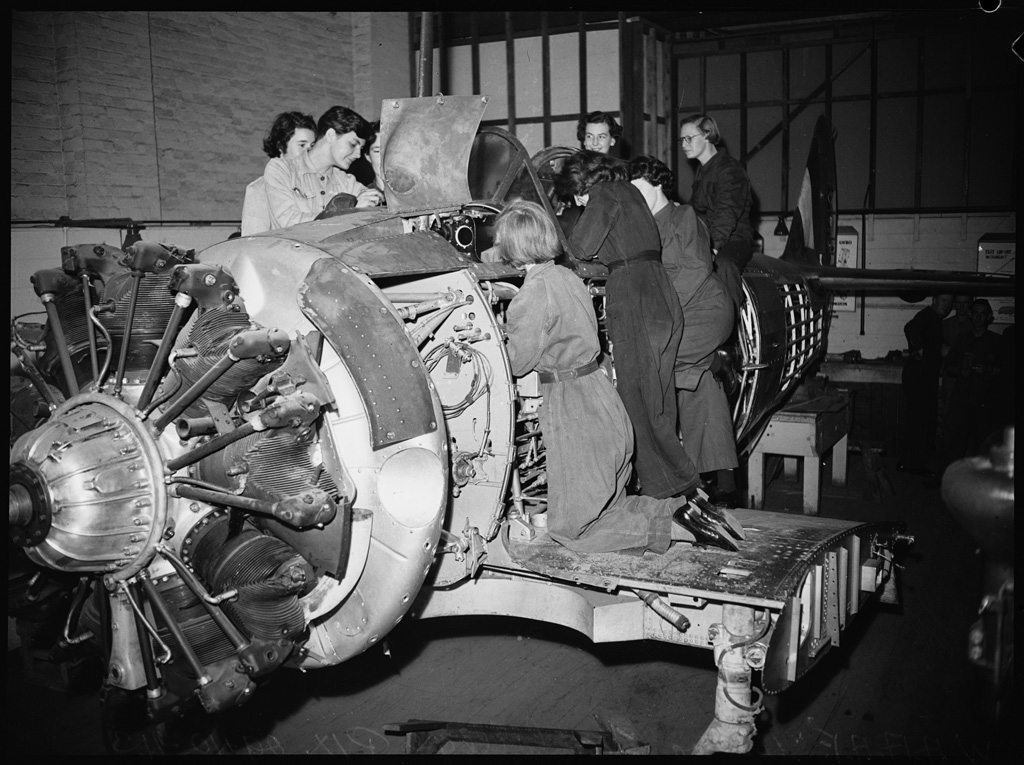
Though not a fully independent branch, the WAAF operated alongside the RAF, supplying trained women for a variety of non-combat roles vital to air operations. Official mobilization began on August 28, 1939—just days before the outbreak of World War II. From that point forward, tens of thousands of British women volunteered for service.
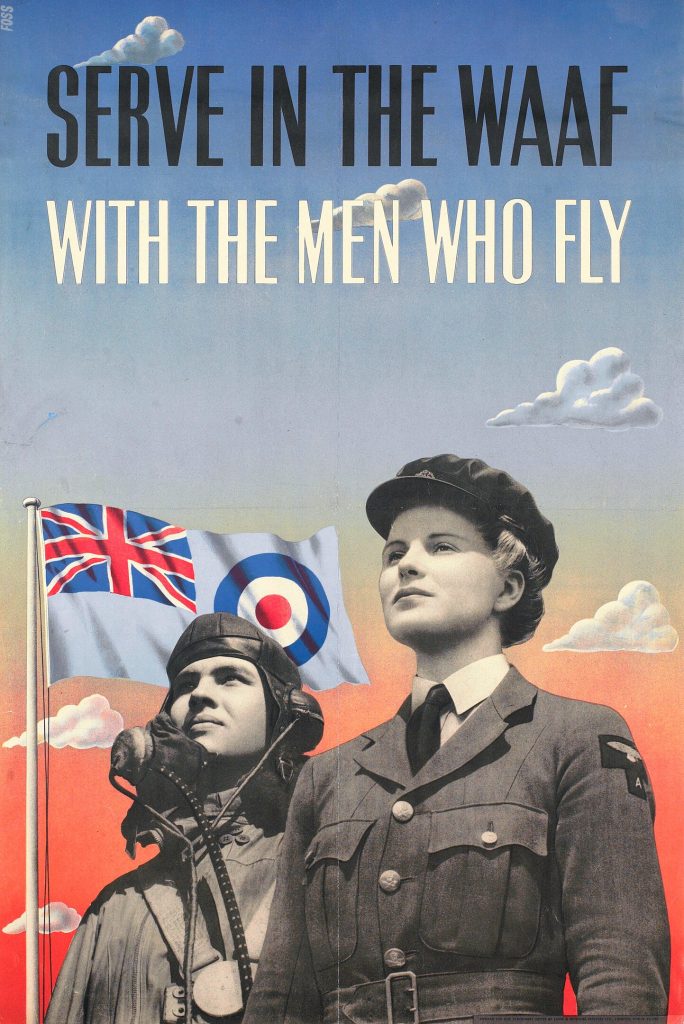
By 1941, the WAAF was formally recognized as part of the British Armed Forces and came under the jurisdiction of the Air Force Act. This acknowledgment marked a significant step forward, both in status and respect, for the women serving. That same year, the British government authorized conscription for women, significantly increasing WAAF numbers. By July 1943, membership had swelled to over 182,000. In total, nearly 250,000 women would serve in the WAAF during the war.
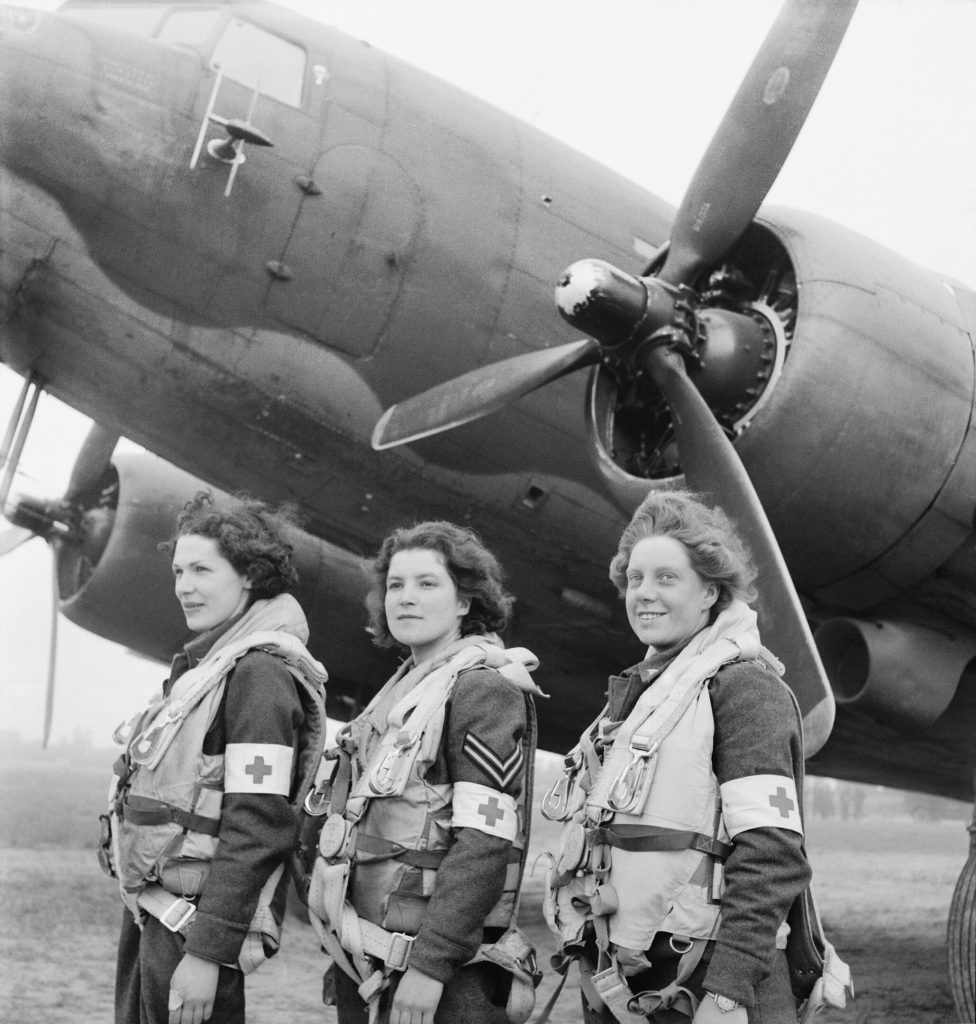
WAAF personnel filled a wide range of critical roles, including mechanics, radar operators, meteorologists, and parachute packers. On D-Day, WAAF nurses—nicknamed the “Flying Nightingales”—flew aboard RAF aircraft to evacuate wounded soldiers from the front lines in Normandy. These courageous women were instrumental in saving countless lives during one of the war’s most pivotal operations.
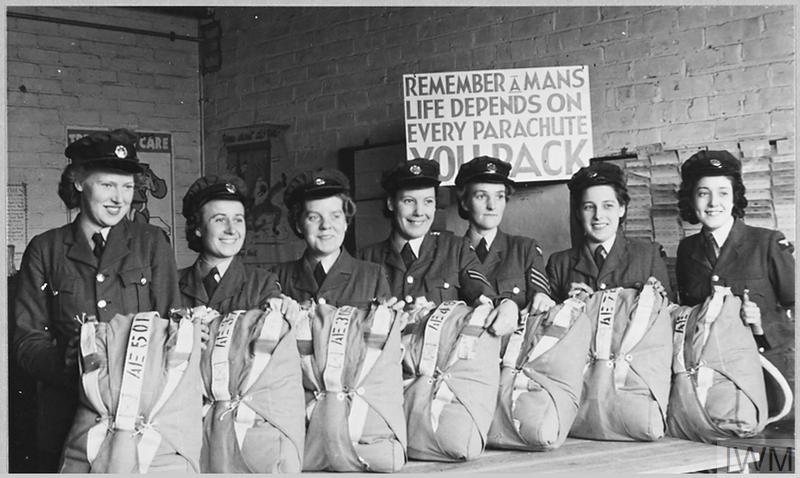
The contributions of the Women’s Auxiliary Air Force were vital to Britain’s war effort. Their service helped sustain the operations of the RAF and supported the overall success of the Allied forces. The legacy of the WAAF is one of courage, dedication, and pioneering spirit. As we reflect on their formation today, we honor their sacrifices and ensure their stories continue to be remembered.
